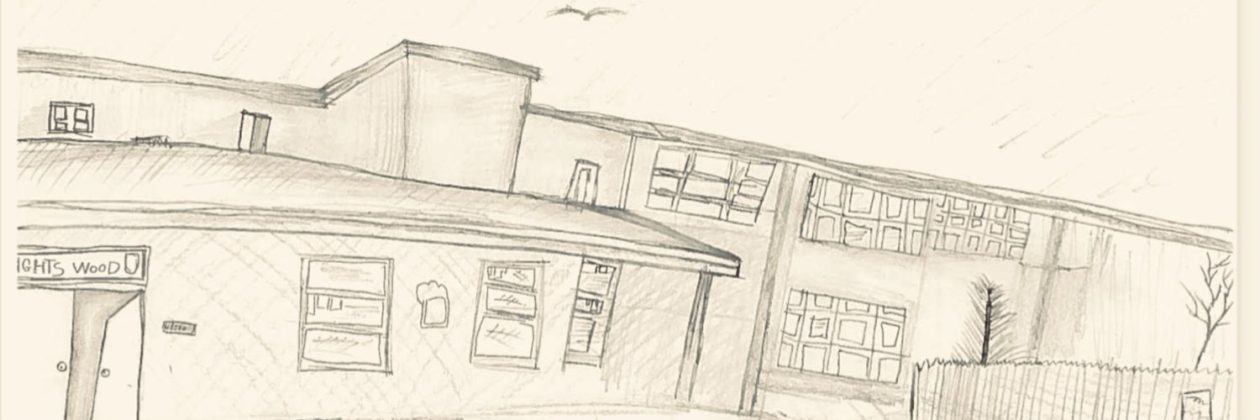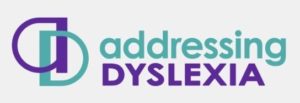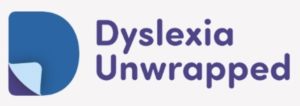This page is designed to support families with children that may need support or further information about dyslexia.
Dyslexia can be described as a continuum of difficulties in learning to read, write and/or spell, which persist despite the provision of appropriate learning opportunities.
Children with dyslexia can struggle with the recognition and manipulation of sounds in language. Dyslexia affects a child’s ability to decode words — to break them down into sounds, or phonemes, and to then blend the sounds together to form words. That makes it hard to recognise words, retrieve words, read, write and to spell.
Some may struggle to remember a sequence of sounds or information and so may need help to develop strategies to aid this.
There are often associated difficulties such as:
☑️ auditory and/or visual processing of language-based information
☑️ phonological awareness
☑️ oral language skills and reading fluency
☑️ short-term and working memory
☑️ sequencing and directionality
☑️ number skills
☑️ organisational ability
☑️ Motor skills and co-ordination may also be affected.
(This definition comes from the online resource Assessing Dyslexia Toolkit and the GDSS website)
Support strategies for children with dyslexia:
☑️ short, clear instructions to avoid overloading working memory
☑️ 10 seconds processing time before repetition in same words
☑️ step by step instructions, in order of occurrence
☑️ Be direct and use short sentence when giving instructions, with
language as simplified as possible.
☑️ When talking to your child, use as many pictures and objects as
possible to reinforce information processing.
☑️ Link to prior learning “Remember when we / how you…”
☑️ check for understanding at each step, recap as necessary
☑️ have your child repeat instructions in own words / to others
☑️ use of think time –give 30 seconds to consider their answer
before responding
☑️ Use Brain breaks – every 30-45 minutes, or whenever children’s
attention starts to wane, take a short break. GoNoodle is a great
resource for this, with many short activities.
☑️ Encourage the use of language skills to help build a wide range of
vocabulary – talking, rhymes, singing, listening, reading stories,
audio books. (Please note Audible has announced free access to
its audio books at the moment)
☑️ Make sure written information is easy to read with a clear type.
☑️ Encourage learning through play and games – make it fun!
☑️ Use of mind maps, diagrams, frames, tables to organise
information
☑️ Highlighters to identify key vocab in a text (Including numeracy
word problems)\
Create Multisensory Learning Opportunities:
kinaesthetic learning resources including playdough, finger tracing, stamps, sticker stories, tactile letters & materials; involve movement in learning including scoot games, write the room, scavenger hunt, learning walks; visual learning to be paired with with auditory processing
Utilising technology helps learners in a variety of ways:
Make use of computers/tablets, free software and apps (see below for some examples) ; reading from a computer screen is often easier than reading handwriting; text recognition software can read texts or words to aid processing ; Some may read more effectively by increasing font size, changing colours or by using text-to-speech software; using a keyboard or tablet with spellchecker or speech recognition; organise school and home life using digital calendars, to-do lists and notes; develop their literacy, numeracy and cognitive skills with apps and programs where possible.
Useful links and Websites
This website contains information and activities to support home learning and we hope that parents and their children will enjoy them.
Learning more about Dyslexia
The Addressing Dyslexia Toolkit contains a wide range of advice and resources for teachers. You can also sign up to useful online modules.
Most learners benefit from having a good understanding of how they learn, and what helps them most.
Dyslexia Unwrapped is aimed at young people with dyslexia. There is a range of information and advice.
Have a look at the ‘young ambassadors’ section where young people in schools can watch positive videos made by young dyslexic adults.
Dyslexia Scotland has advice and information for dyslexic adults and for parents of dyslexic learners. They organise events locally.
The ‘resources’ section has some useful leaflets that can be download: Dyslexia Scotland – Leaflets.
Some of the useful leaflets from
Dyslexia Scotland can be found below.
What is Dyslexia?
Checklists and Indicators
Neurodiversity
Information for Parents
Identification in Schools
Explaining Dyslexia to Children
Transitioning to Secondary School
Poster of how to help support children with writing difficulties:
https://www.callscotland.org.uk/common-assets/cm-files/posters/supporting-writing-difficulties.pdf
Information leaflets for parents
https://www.dyslexiascotland.org.uk/our-leaflets
Guidance on activities to do at home:
Reading at home with your child:
Games to develop numeracy skills at any level (All you need is a pack of cards!) :
Getting started with alphabet activities (video):
Getting started with cursive handwriting (videos):
Phonemes and pronunciation (video and download link):
Activity Ideas for children
☑️ Make reading as fun and engaging as possible, e.g Make a fort and
read a book by flashlight or headtorch
☑️ To help visual tracking of words, use a finger or pointer (can be as
simple as a pencil or lollipop stick) or a ruler under each line to
help guide.
☑️ Take it outside! Read a book in the garden, or hold a teddy bears
picnic where your child can read a story to their toys.
☑️ If you read a story or watch a film together, get your child to
verbally summarise what happened in the story. Who was their
favourite character and why? What would they do / feel if this
happened to them? Would they recommend this story to a
friend? Try to encourage them to use relevant vocabulary such as
character, setting, plot.
☑️ Your child could dictate a short story or film them reading and
send it to a relative that may need a smile right now!
☑️ Act it out! Children could come up with a short story, have
members of your family take on roles and act out what happens
in the story
☑️ Make use of concrete materials to aid understanding of
numeracy concepts, such as number sense, addition and
subtraction, or multiplication and division by creating equal
groups. You could use beads, marbles, small erasers or toys, small
rocks and pebbles.





